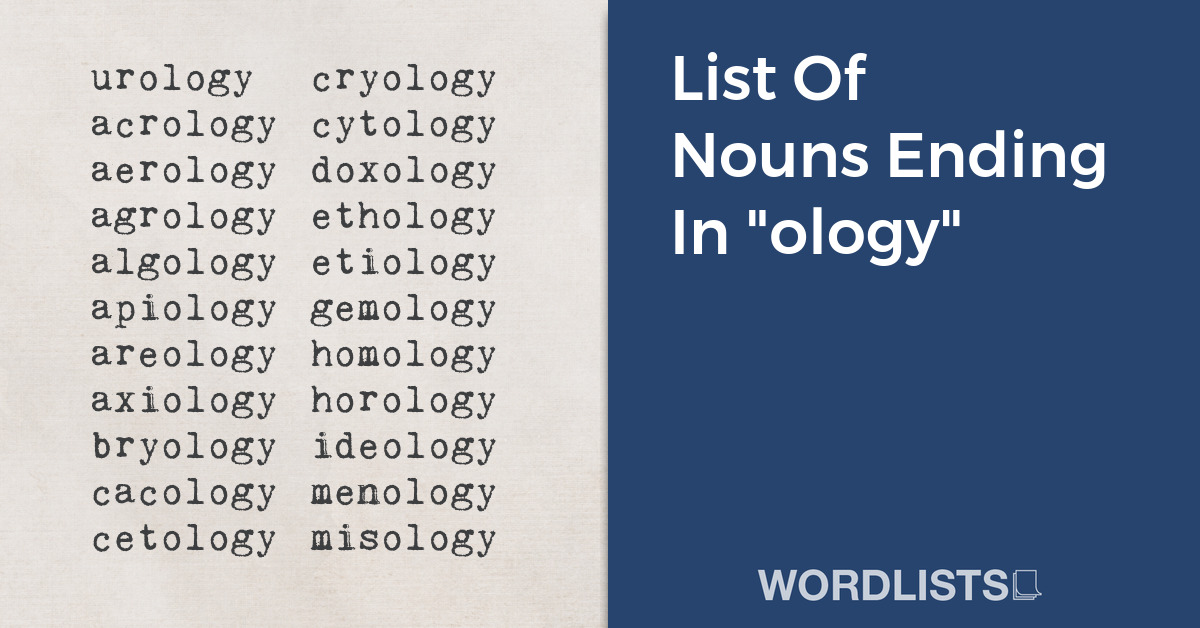Plants are a vital part of our world, and as a result, they have their unique language. From the types of plants, to the characteristics and functions of different parts of a plant, there are countless words and terms associated with the natural world.
In this list, we’ll take a look 50 words that are commonly associated with plants, ranging from basic terms to more advanced concepts. Whether you’re a seasoned gardener or a plant enthusiast, you’re sure to learn something new and broaden your understanding of these fascinating organisms.

Subscribe to our mailing list to receive FREE exclusive content and offers!
50 Words Associated With Plants Meanings
Green: The color most commonly associated with plants, due to the presence of chlorophyll, a pigment involved in photosynthesis.
Leaf: A plant organ where most photosynthesis takes place. Leaves are typically flat and green, facilitating the absorption of sunlight.
Flower: The reproductive structure in flowering plants, usually containing petals, sepals, stamens, and carpels.
Petal: The colorful, often fragrant part of a flower that serves to attract pollinators.
Stem: The main structural part of a plant that supports leaves, flowers, and fruits, and conducts water, nutrients, and sugars.
Root: The part of a plant typically found below the ground, which absorbs water and nutrients, stores food, and provides support.
Soil: The medium in which many plants grow, composed of mineral particles, organic matter, water, and air.
Water: An essential component for plant life, necessary for photosynthesis and nutrient transport within the plant.
Sun: The source of light and heat energy necessary for photosynthesis in plants.
Photosynthesis: The process by which green plants convert sunlight, water, and carbon dioxide into oxygen and glucose.
Chlorophyll: The green pigment found in chloroplasts of plant cells, which absorbs light energy for photosynthesis.
Garden: A designed space where plants are cultivated, often containing a variety of flowers, herbs, vegetables, and other plants.
Park: A public green space in a town or city, usually composed of grassy areas, trees, flowers, and recreational amenities.
Wilderness: An uncultivated, uninhabited, and often inhospitable region where plants and wildlife thrive without human intervention.
Tree: A large plant with a single sturdy woody stem, or trunk, supporting branches and leaves.
Forest: A large area covered mainly with trees and undergrowth, serving as a complex ecosystem.
Grass: A type of plant with narrow leaves growing from the base, commonly used to cover lawns and other areas.
Bush: A compact, rounded plant with many stems, typically smaller than a tree but larger than a herbaceous plant.
Shrub: A woody plant smaller than a tree, often with several main stems arising at or near the ground.
Herb: A type of plant valued for its medicinal, savory, or aromatic qualities, often characterized by non-woody stems.
Weed: An unwanted plant that grows in gardens or lawns, often competing with cultivated plants for resources.
Vine: A type of plant that typically grows horizontally along the ground or vertically on other plants or structures.
Fern: A type of non-flowering plant with feathery fronds, reproducing via spores instead of seeds.
Moss: A small, soft plant that typically grows in dense green clumps or mats, often in damp or shady locations.
Algae: Simple, non-flowering aquatic plants, ranging from single-celled forms to large seaweeds.
Lichen: A simple, slow-growing plant typically forming a low crusty, leafy, or branching growth on rocks, walls, and trees.
Cactus: A type of plant adapted to desert conditions, characterized by succulent stems, minimal leaves, and often spines.
Succulent: A plant with thick, fleshy tissues adapted to store water, common in arid regions.
Flowerbed: A part of a garden or park where flowers are grown in large, often decorative, groups.
Greenhouse: A structure with walls and roof made chiefly of transparent material, used for cultivating plants under controlled conditions.
Botany: The scientific study of plants, including their physiology, structure, genetics, ecology, distribution, and classification.
Botanical: Related to or resulting from the study of plants.
Horticulture: The art or practice of garden cultivation and management, often focused on ornamental or food-producing plants.
Arboriculture: The cultivation, management, and study of individual trees, shrubs, vines, and other perennial woody plants.
Forestry: The science and practice of creating, managing, using, conserving, and repairing forests and associated resources.
Seed: The fertilized, mature ovule of a flowering plant, containing an embryo and capable of germinating to produce a new plant.
Pollination: The transfer of pollen from male reproductive structures to female reproductive structures in plants, leading to fertilization.
Fertilization: The fusion of male and female gametes (in plants, pollen and ovule) to produce a zygote, which develops into a new organism.
Germination: The process by which a plant grows from a seed, typically after a period of dormancy.
Cultivation: The act of preparing land for the growth of crops and plants, or the process of nurturing and growing those crops and plants.
Pruning: The selective removal of certain parts of a plant, such as branches, buds, or roots, to improve the plant’s structure and health.
Trimming: Cutting back overgrown branches or stems to maintain the desired shape and size of a plant.
Weeding: The removal of weeds, or undesirable plants, from an area of cultivation.
Mulching: The process of applying a layer of material (like straw, compost, or plastic) over the soil surface to conserve moisture, reduce weed growth, and improve soil health.
Pest control: The regulation or management of species defined as pests, often because they are harmful to plants, human health, or the economy.
Disease control: The management and prevention of diseases that affect plant health, often involving cultural practices, chemical treatments, and biological control agents.
Irrigation: The artificial application of water to soil or land to assist in the growth of crops and plants.
Drainage: The removal of excess water from the soil, either naturally or artificially, to prevent waterlogging and create conditions favorable for plant growth.
Transplanting: The process of moving a plant from one growing medium and location to another.
Propagating: The process of creating new plants from various sources – seeds, cuttings, bulbs, or other plant parts.







